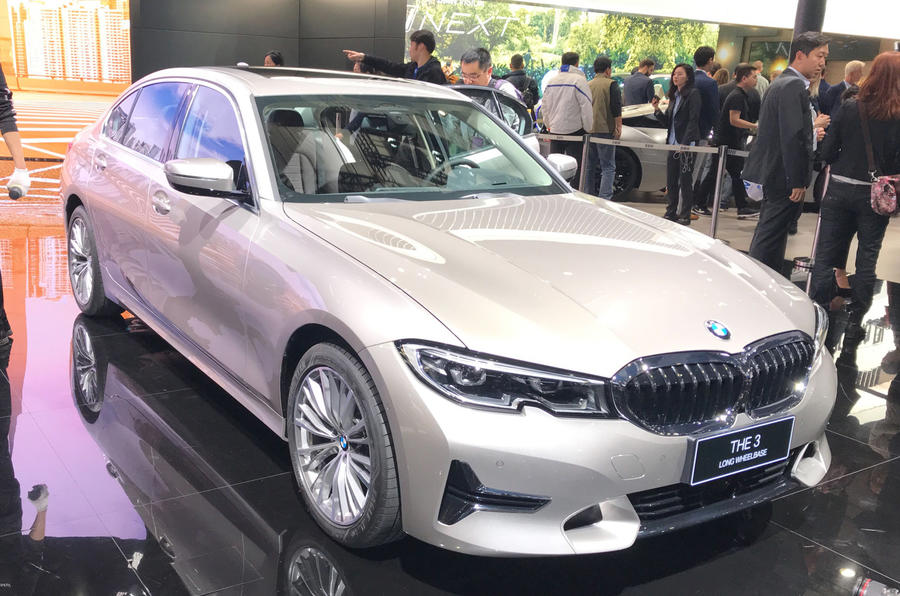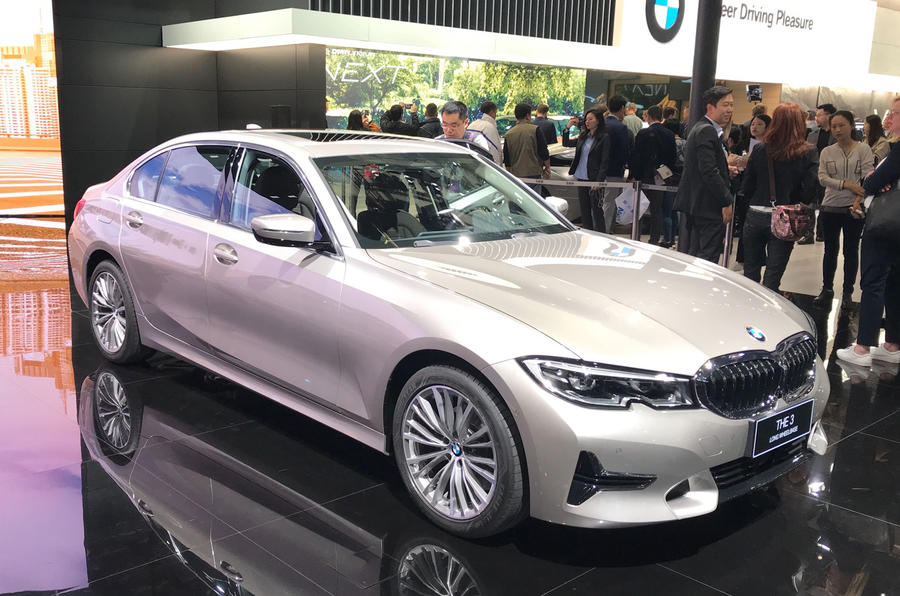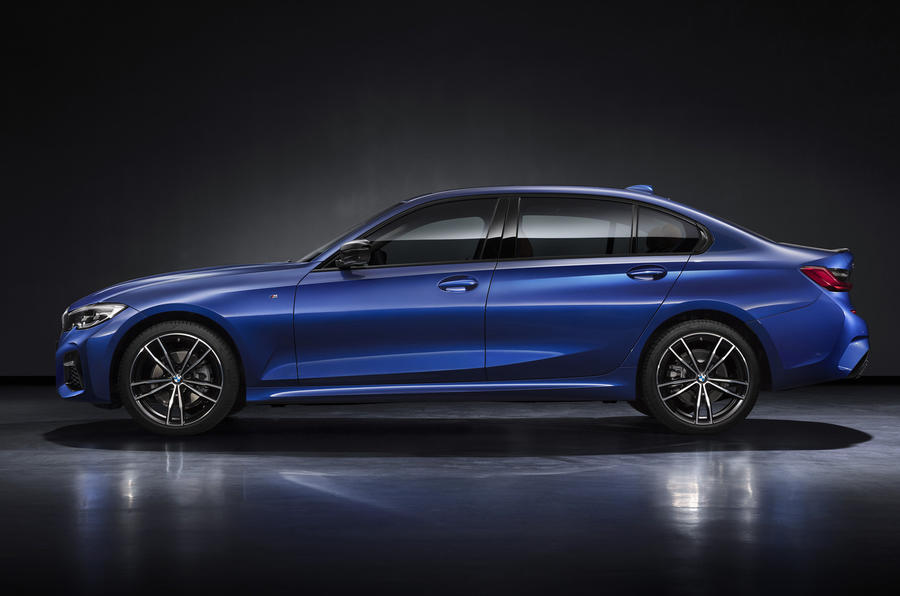After dropping several teasers, BMW has finally unveiled the all-new 2019 3-series at the 2018 Paris Motor Show.
The 3 Series now sits on the same underpinnings as the 5 Series and 7 Series and is therefore a little bit larger, lighter and safer than the outgoing model. The extra length is almost entirely dictated by enhanced crash regulations and the styling challenges they in turn have thrown up.
Beyond dynamic ability, two other key areas identified as ripe for change from the current 3 Series were improving the look and feel of the interior and isolating the interior further from wind and road noise by the addition of significantly more insulating materials in the bulkhead and A-pillars and by installing a double-glazed windscreen as standard.
While the 3 Series cabin was always well regarded for the quality of its materials and the way they were screwed together, feedback suggested that some specs could also leave it looking drab. Now, even on base SE models, there are better materials again, and based on our chance to sit in the car, it is clear that the materials are further enhanced, hard plastics are reserved for the extremities only and the inclusion of ambient lighting strips and a sports steering wheel as standard lift the ambience.
The infotainment screen is 8.8in as standard – the same size as the largest screen on the outgoing car – and can be upgraded to a 10.25in unit as already available on the new BMW X5. It is controlled via BMW’s latest iDrive system, which has been warmly received for retaining intuitive one-touch buttons as well as allowing access to functions via a rotating controller and on-screen options. For the first time on a BMW, the car’s software can also be updated remotely so that features can be added or upgraded.
The small increase in exterior dimensions doesn’t translate into much more space inside the car, BMW reasoning that if you needed more, you would buy a 5 Series. As a result, apart from a fraction more width, the interior is the same size, with the same ratio of space front and rear. Practicality and usability have been improved, though, with the rear seats now split 40/20/40 as standard, more storage cubbies being available, a same-sized but better-shaped boot and the option of up to five USB ports, for instance.
A variety of driver assistance functions are available as standard now, including systems to steer, accelerate and brake the car on motorways and in traffic, and to detect potential impacts with pedestrians or bicycles. The most eye-catching technology is a new, unique function, most useful for getting out of parking spaces and available as standard, that records the last 50 metres you drove and that can automatically reverse the route for you.
The car is also significantly better equipped as standard than the outgoing car, with kit including a reversing camera, puddle lights, LED headlights, three-zone air conditioning and folding door mirrors. Furthermore, more optional flourishes, such as horizontal seat stitching, are available and buyers can also opt to switch the analogue speed and rev dials on the dashboard for a digital display, which can be toggled to show the sat-nav’s map and instructions, as pioneered by Audi.
Significantly, the 3 Series’ axle tracks have widened at both the front and rear, with MacPherson strut suspension used up front and a multi-link arrangement at the rear. Key to the dynamic updates is an innovative new passive damping system that, combined with stiffer springs on the suspension, is said to make the 3 Series sharper to drive but also, when road surfaces deteriorate, allows the car to maintain a flat, composed ride. In addition, the steering set-up has been overhauled.
Buyers abroad will also have the option of enhancing the 3 Series’ dynamic capabilities by moving up the trim levels from SE or Sport to M Sport, which sits 10mm closer to the ground and features more rigid bearings, additional body struts, firmer springs and anti-roll bars and more wheel camber. An optional M Sport Plus pack includes a more advanced active adaptive damping system and the option of a limited-slip differential.
There are two engines on offer – a diesel and a petrol. The diesel 320d makes 190hp and 400Nm of torque, with a claimed 0-100kph time of 6.8sec.
The four-cylinder petrol 330i makes 258hp and400Nm of torque, accelerating from zero to 100kph in 5.8sec. Fuel economy and emissions are boosted by a significant step in the 3 Series’ aerodynamic profile. A year down the road, a plug-in hybrid variant, called the 330e iPerformance and offering around 56 kilometres of electric-only range will be available. A provisional 0-100kph time of 6.0sec has been suggested.
There is no official confirmation from BMW at this time, but expect the new 3-series to be launched in India sometime in 2019. It will go up against the facelifted Mercedes-Benz C-class, Audi A4 and Jaguar XE.












































